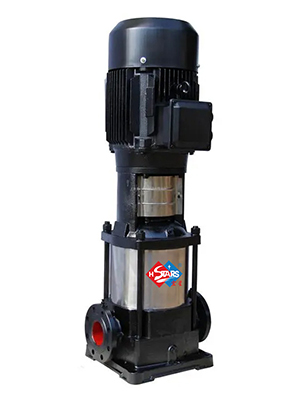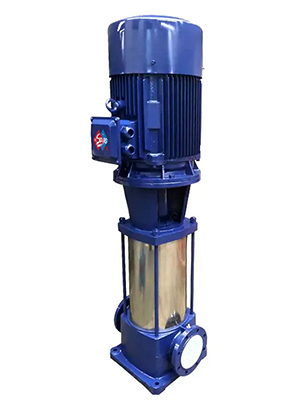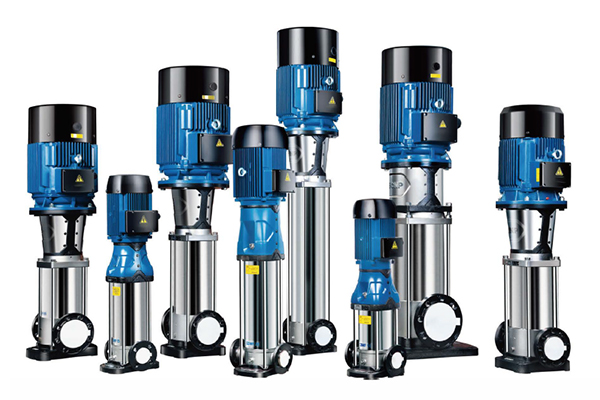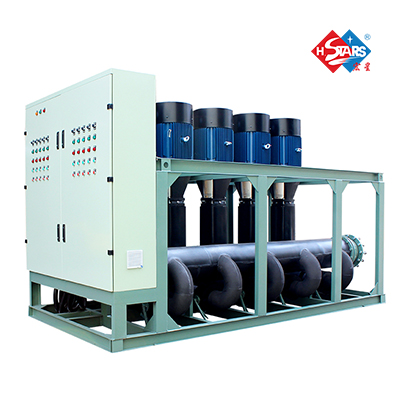1.Components of Chilled Water Pump Head:
Evaporator water resistance of the refrigeration unit: typically 5-7m water column (refer to product samples).
Water resistance of end devices (air handling units, fan coils): usually 5-7m water column (refer to product samples).
Resistance of components such as return water filters, two-way control valves: generally 3-5m water column.
Water resistance of headers and manifolds: typically 3m water column.
Friction and local resistance losses along the refrigeration system piping: typically 7-10m water column.
In summary, the pump head for chilled water is in the range of 26-35m water column, usually around 32-36m water column. Note: Pump head calculation depends on specific refrigeration system conditions; avoid blindly applying empirical values.

2.Components of Cooling Water Pump Head:
Condenser water resistance of the refrigeration unit: generally 5-7m water column (refer to product samples).
Water pressure at cooling tower spray nozzles: typically 2-3m water column.
Height difference from the water pan to nozzles in an open cooling tower: usually 2-3m water column.
Resistance of components such as return water filters, two-way control valves: generally 3-5m water column.
Friction and local resistance losses along the refrigeration system piping: typically 5-8m water column.
In summary, the pump head for cooling water is in the range of 17-26m water column, usually around 21-25m water column.

3.Make-up Water Pump Head:
The head includes the distance from the fixed pressure point to the highest point, resistance at the pump's suction and discharge ends, and a surplus head of 3-5m water column.
Example:
For a 100m tall building with water-cooled screw units, estimate the required head for the chilled water pump in a closed air conditioning water system.Answer:
Evaporator resistance: 60kPa (6m water column).Piping resistance: 185kPa (18.5m water column).
End device resistance: 45kPa (4.5m water column).
Valve and filter resistance: 40kPa (4.0m water column).
Total system resistance: 330kPa (33m water column).
Pump head: Taking a 15% safety factor, H = 33m * 1.15 = 37.95m.
Based on the estimation, one can grasp the pressure loss range for water systems in similar-sized buildings.

评论
发表评论